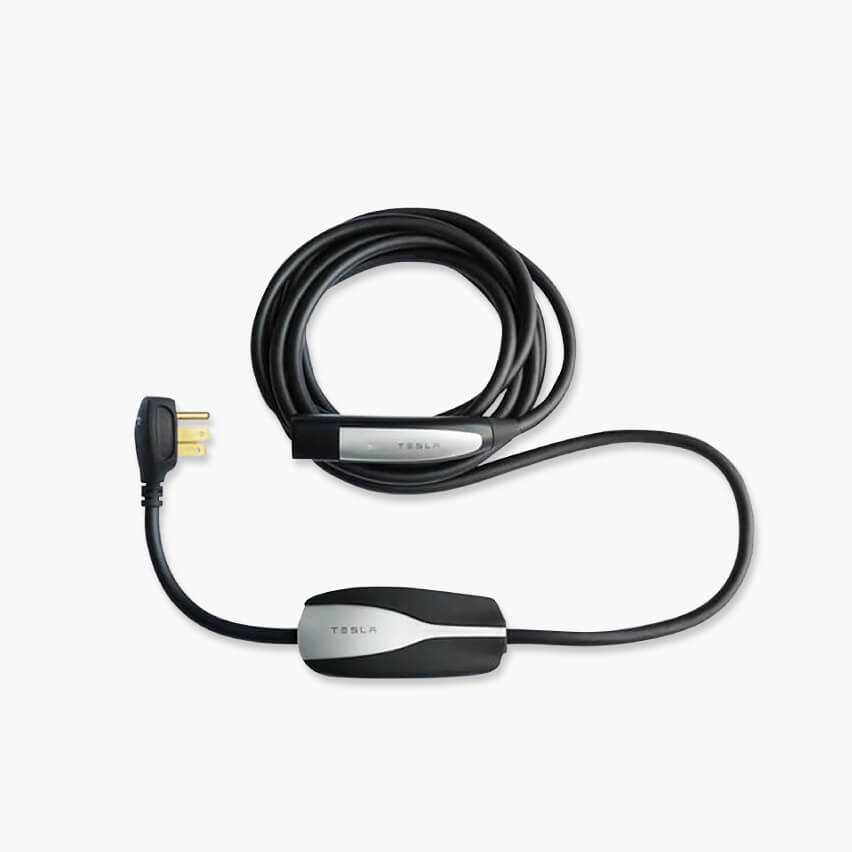Does anyone install Tesla Wall Connector AND NEMA 14-50 (or 6-50) outlet? Seems that this would either require 100A total dedicated current from breaker box OR somehow add a NEMA plug to the Tesla Wall Connector so that we have to go through the NEMA plug regardless. My electrician was saying this is what some people do but maybe there was a misunderstanding?
Is it relatively easy to convert TWC to NEMA 14-50 and vice-versa ? Seems like it is from what I've read.
Thank you!
Is it relatively easy to convert TWC to NEMA 14-50 and vice-versa ? Seems like it is from what I've read.
Thank you!



